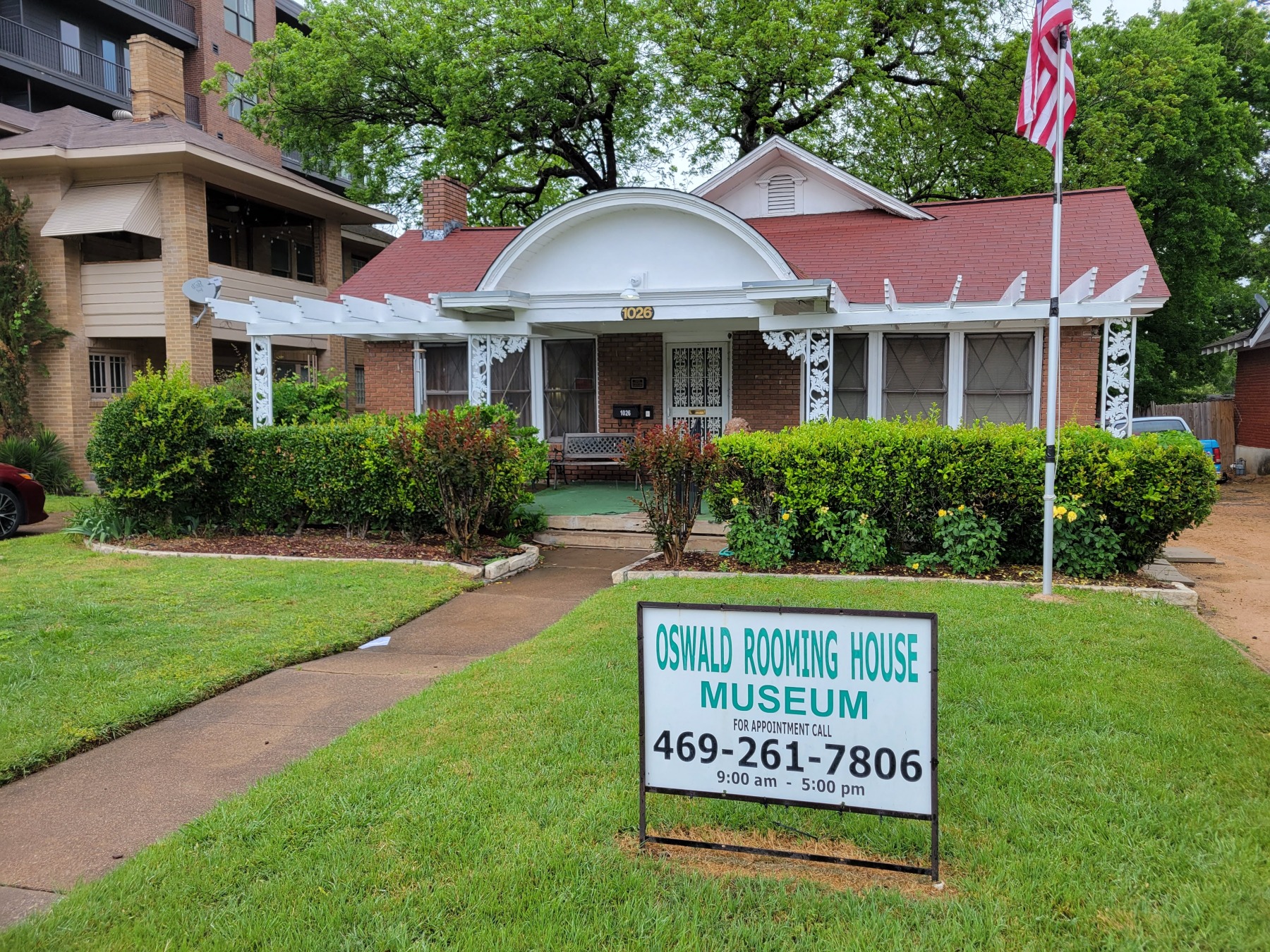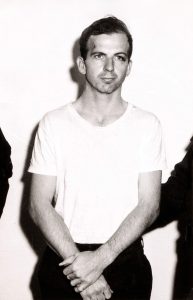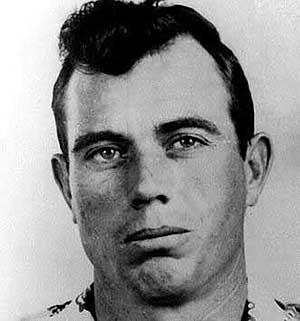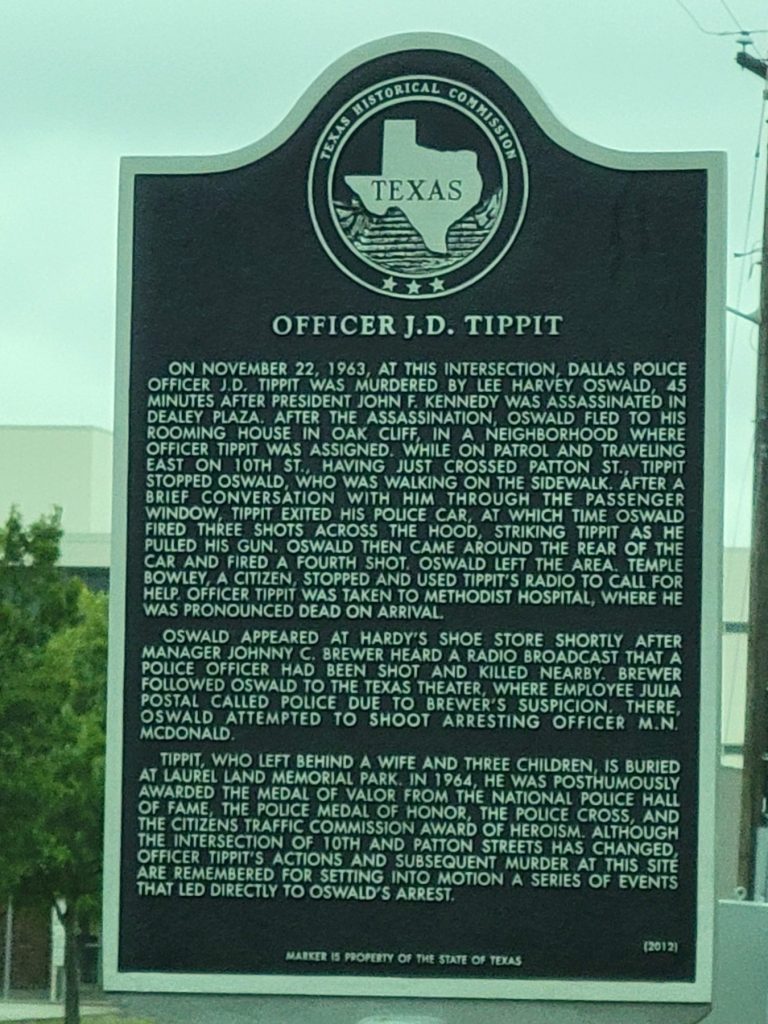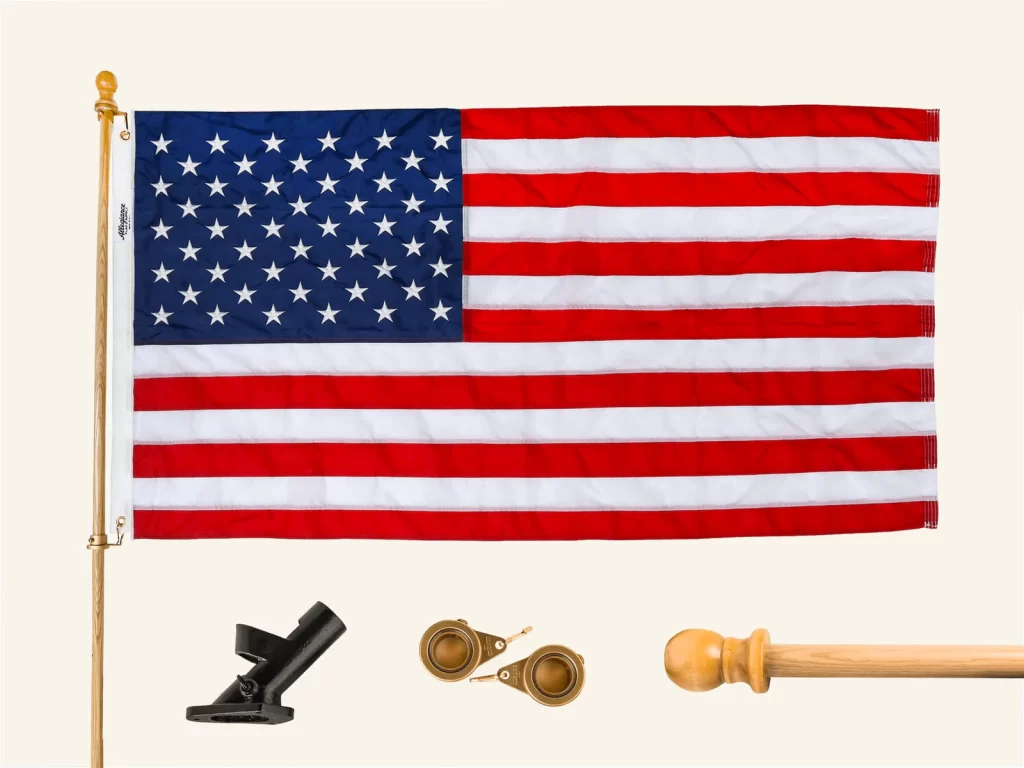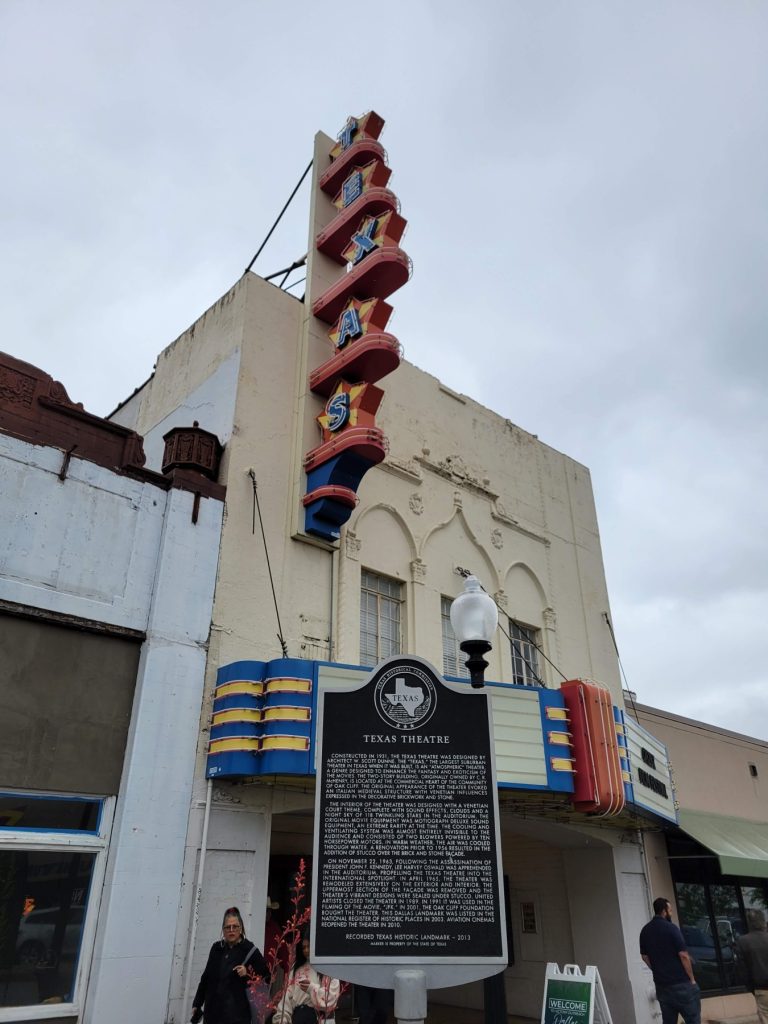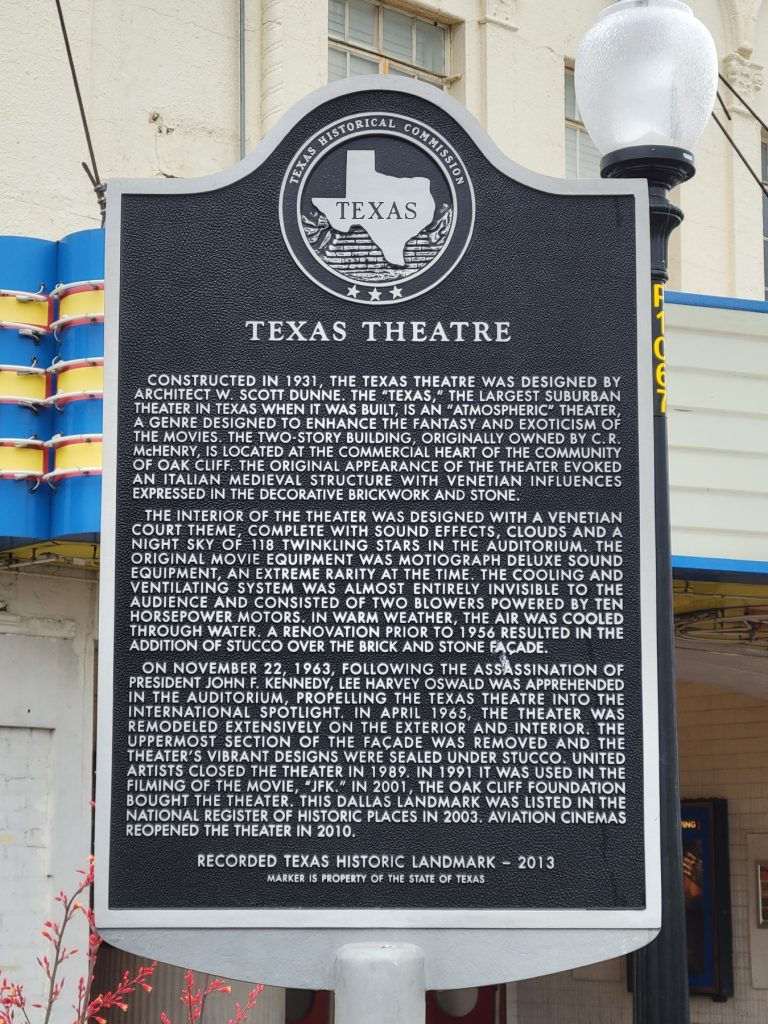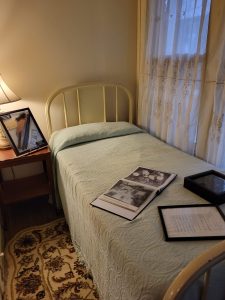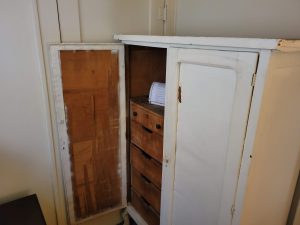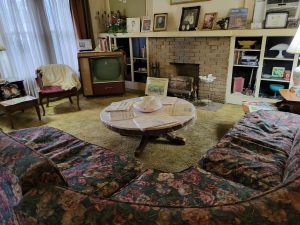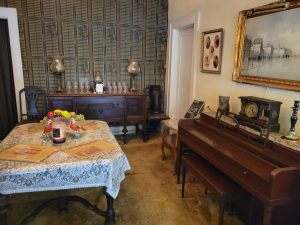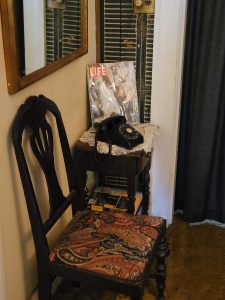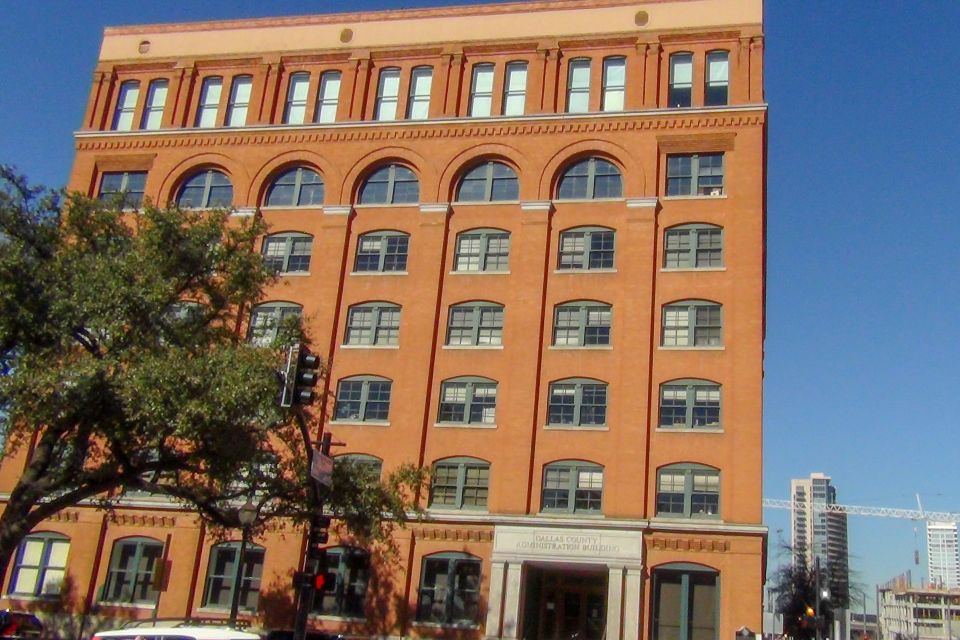Adelfa Botello Callejo Texas Activist Sculpture in Dallas
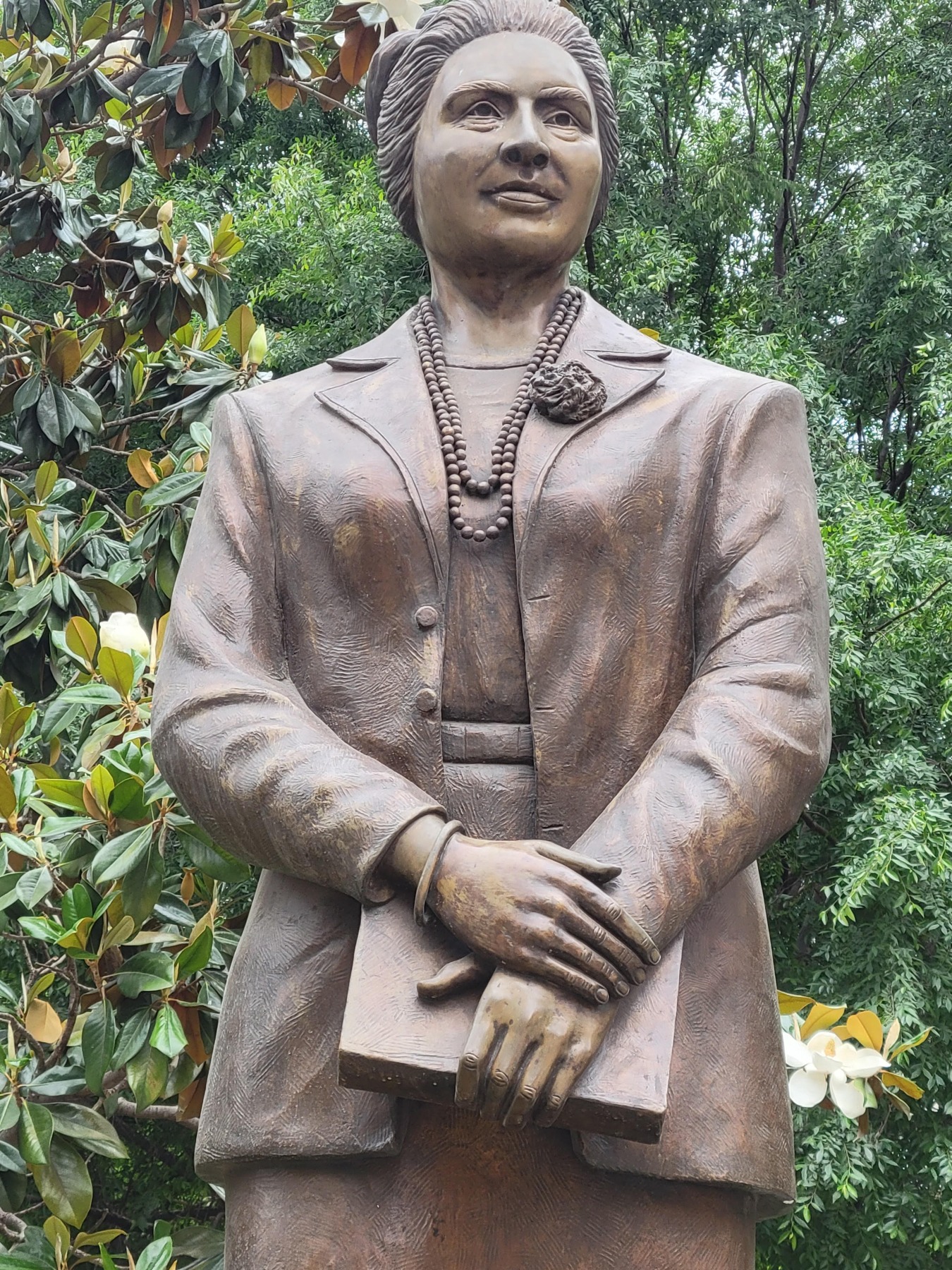
Adelfa Botello Callejo
Born on June 10, 1923 in Millett, Texas, to parents Felix and Guadalupe Botello, Adelfa Botello Callejo was the oldest of five children (her siblings in age descending order being, Felix, Consuelo, Lillee, and Gilberto) in the home; a home that while maybe not rich in money, valued education and the opportunities it could bring.
Adelfa’s mother, Guadalupe, was born on August 13, 1904 and passed away on February 4, 1983 at age 78. Guadalupe was fifteen years the junior to her husband, and often worked outside the home to help make ends meet. In 1940, Guadalupe worked as a sack sorter for a burlap bag company. In 1950 Guadalupe worked the quite respectable job as a “floor lady” at a department store according to the United States Census.
Felix was born in Mexico, on November 27, 1889 and died May 15, 1970 in Dallas, Texas. Felix, with only a fourth-grade education and not speaking English, was often working in manual, backbreaking jobs. such as in 1930, he worked as a laborer in Sulphur vats, to support his family. In 1940, Felix was working as a farm laborer. By 1950, he had moved on to working for a landscaping company, which at the age of sixty still must have been difficult for him.
Millett, La Salle County, Texas, where Adela was born was a small community at the time. In 1930, barely 8,000 people called La Salle home. Today, the county is even smaller, registering just over 6,500 residents, who are mostly of Hispanic heritage. As for Millett itself, it is unincorporated; fire and drought having ravaged an already small population.
Adelfa graduated high school in 1939 and soon after moved to California. It was in California where she met William Fernando Callejo, the man she was to wed in 1946.
The couple moved often, residing in Mexico City and later New York City, before moving to Dallas in 1951 where Adelfa would be close to family.
By 1961, Adelfa had earned her bachelor’s degree and later her law degree. She was the first female Mexican American graduate of the SMU Dedman School of Law.
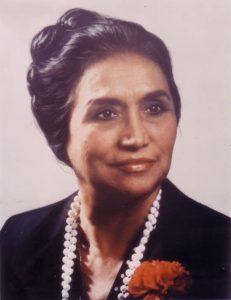
Despite her academic achievements, employment proved elusive at any of the established law firms and Adelfa began her own practice. Her husband would join the firm after earning his J.D. in 1966. The Callejo and Callejo law firm was born with specialties in immigration, family, and personal injury cases.
The firm was successful and Adelfa herself was becoming influential in the Dallas area. The firm often took on cases involving the rights Mexican immigrants. She was a cofounder of the Mexican American Bar Association of Texas, renamed the Dallas Hispanic Bar Association. She served a term as regional president of the Hispanic National Bar Association. In 1966, the United States Supreme Court admitted her to practice law before them.
Throughout her life Callejo put forth the value of education. She understood that it was education which allowed her to live the life she had. She wanted that for all and was a tireless crusader towards this goal, particularly for Hispanic children.
In 2004, Adelfa and her husband donated one million dollars to endow the Adelfa Botello Callejo Leadership and Latino Studies Institute at the SMU Dedman School of Law.
In addition to this endowment, the Callejo’s put their money to use, significantly toward education. Hispanic youth wanting to further their education specifically received their attention. They provided scholarship money allocated through the Greater Dallas Hispanic Chamber of Commerce, the Hispanic Bar Association, and numerous other organizations.
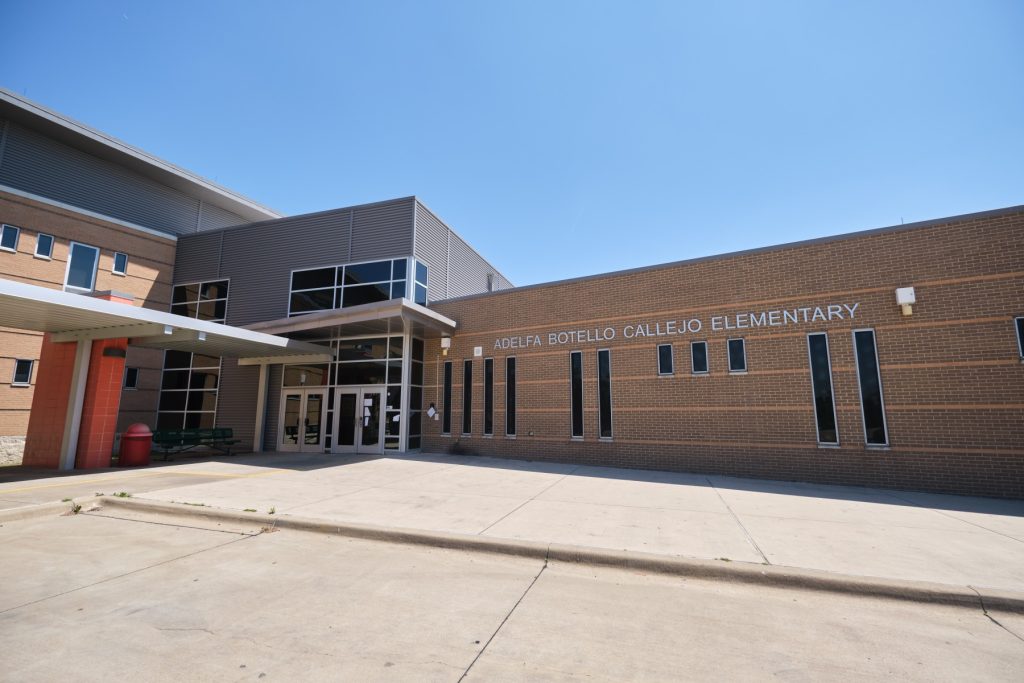
While fighting brain cancer, Adelfa gave what was to be her last speech on April 12, 2013, at an elementary school named in her honor, the Adelfa Botello Callejo Elementary School, in Dallas. It was during this speech that she stated,
It is through education that we are truly set free, and it is only through education that we shall make this world a better place than we found it for education is the Great Equalizer. I have spent my entire life on this earth promoting the inherent value of knowledge, the unobstructed use of our imaginations and the development of proficient leadership as we run the course of the 21st century. And, I want you to know that I shall never rest nor waver from that commitment.
Cancer claimed the life of Adelfa Botello Callejo on January 25, 2014. Her impact continues to be felt to this day.
Restland Memorial Park, in Dallas is where Callejo’s remains were laid to rest. You may visit an online memorial for Callejo HERE.
Before Adelfa’s passing, the Callejo Foundation was planning for a larger-than-life sculpture to be created in her memory. Callejo, however, expressed her traditional modesty, and was not interested in such.
The Foundation persisted and commissioned Mexican sculptor German Michel to create a lasting memorial. Michel created the impressive 10 foot tall, 1,500-pound bronze statue. This statue can now seen on Main Street in Dallas, near the UNT-Dallas law school.
After many years of indecision, the city of Dallas accepted the art donation. A public dedication ceremony held in her honor on September 29, 2022, cemented that her “memory lives on forever as “La Madrina” or “godmother” of Dallas.
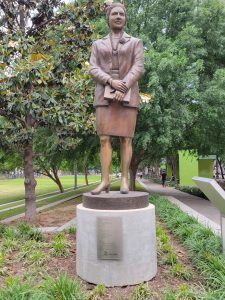
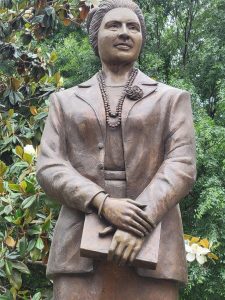
I relied upon information from the Dallas News, Texas State Historical Association, SMU Dedman School of Law, and the Callejo Botello Foundation in writing this article.
If you are visiting Dallas, I recommend a visit to the Oswald Rooming House Museum. Read my post on this small but interesting museum HERE.
This post may contain affiliate links. If you click these links and make a purchase, I may receive a small commission. This commission does not affect any price that you pay. My views and opinions provided are never influenced by affiliate programs or sponsors providing products.
If you want to know about the best in Dallas, D Magazine is for you. All about Dallas-Ft. Worth, D Magazine covers the events, best in the area, & has been named the “Best City Magazine” in the nation 3 times in the past 5 years by the City & Regional Magazine Association. Click the highlighted link or the image above for the best price on this incredible magazine.




